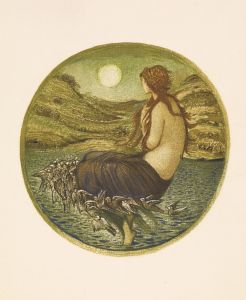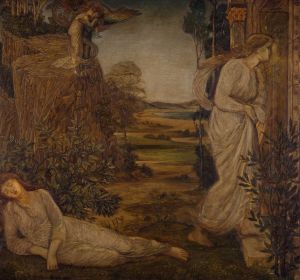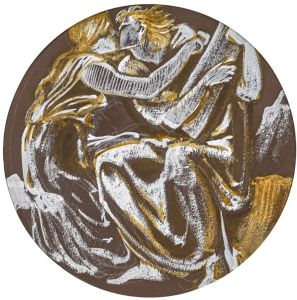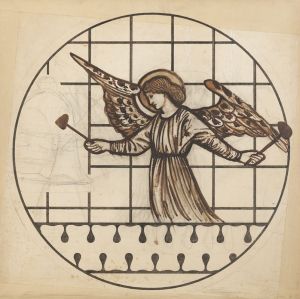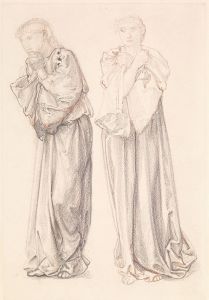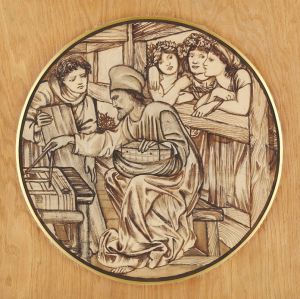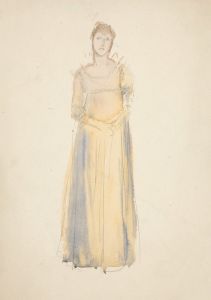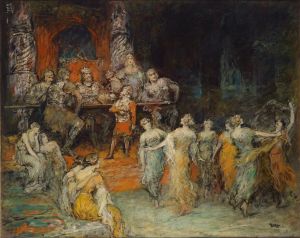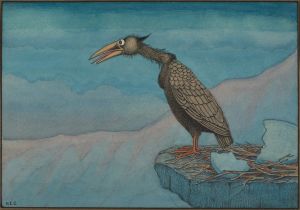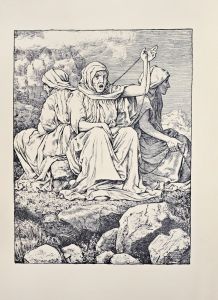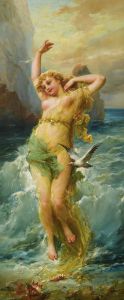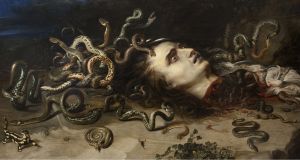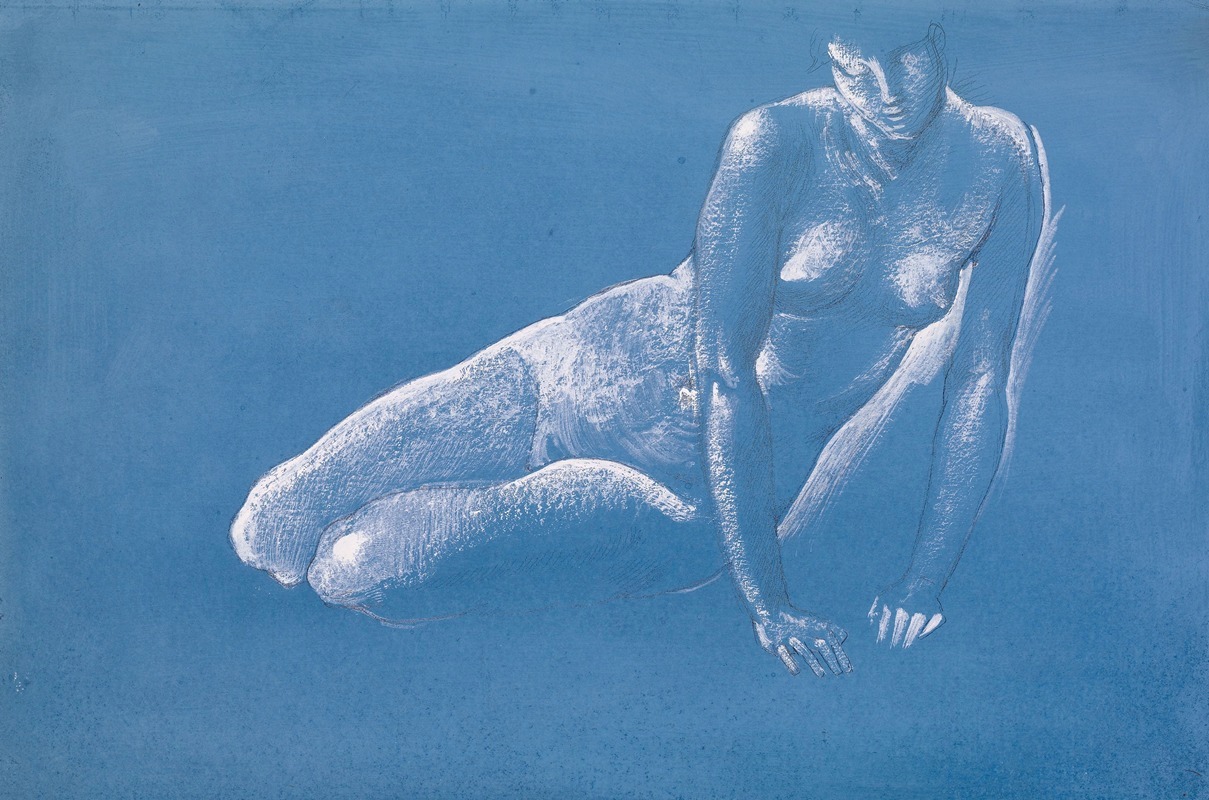
Sketchbook – Nude Study of Medusa for ‘The Death of Medusa I’
A hand-painted replica of Sir Edward Coley Burne-Jones’s masterpiece Sketchbook – Nude Study of Medusa for ‘The Death of Medusa I’, meticulously crafted by professional artists to capture the true essence of the original. Each piece is created with museum-quality canvas and rare mineral pigments, carefully painted by experienced artists with delicate brushstrokes and rich, layered colors to perfectly recreate the texture of the original artwork. Unlike machine-printed reproductions, this hand-painted version brings the painting to life, infused with the artist’s emotions and skill in every stroke. Whether for personal collection or home decoration, it instantly elevates the artistic atmosphere of any space.
"Sketchbook – Nude Study of Medusa for ‘The Death of Medusa I’" is a preparatory drawing by the British artist Sir Edward Coley Burne-Jones. This sketch was created as part of the artist's process in developing the final painting "The Death of Medusa I," which is one of Burne-Jones's notable works.
Edward Burne-Jones (1833-1898) was a prominent figure in the Pre-Raphaelite Brotherhood, a group of English painters, poets, and critics founded in 1848. The Brotherhood sought to return to the detail, intense colors, and complex compositions of Quattrocento Italian art. Burne-Jones's work is characterized by its romanticism, medievalism, and elaborate mythological themes.
The sketchbook drawing of Medusa is a nude study, which indicates that Burne-Jones was meticulously planning the anatomy and posture of the figure before incorporating it into the final composition. Medusa, a figure from Greek mythology, is often depicted as a monstrous woman with snakes for hair, whose gaze could turn people to stone. In the myth, she is ultimately slain by the hero Perseus.
Burne-Jones's interest in classical mythology is evident in many of his works, and "The Death of Medusa I" is no exception. The final painting portrays the dramatic moment of Medusa's death, capturing the tension and tragedy of the mythological narrative. The preparatory sketch would have been an essential part of Burne-Jones's artistic process, allowing him to experiment with the form and details of Medusa's figure before committing to the final painting.
The sketch itself is likely to be rendered in pencil or charcoal, mediums commonly used for preparatory studies due to their versatility and ease of correction. Such sketches are invaluable for understanding the artist's method and the evolution of their ideas from initial concept to finished work.
Burne-Jones's works, including his preparatory sketches, are held in high regard and are part of numerous public and private collections. His contributions to the Pre-Raphaelite movement and his influence on the later Symbolist movement have cemented his place in art history.
The "Nude Study of Medusa" provides insight into Burne-Jones's dedication to classical themes and his meticulous approach to composition and form. It reflects his broader artistic goals of reviving and reinterpreting mythological and medieval subjects through a modern lens, characteristic of the Pre-Raphaelite ethos.
In summary, the "Sketchbook – Nude Study of Medusa for ‘The Death of Medusa I’" by Sir Edward Coley Burne-Jones is a preparatory drawing that showcases the artist's process in developing one of his significant mythological paintings. This study highlights Burne-Jones's commitment to detail and his deep engagement with classical mythology, which are hallmarks of his artistic legacy.





